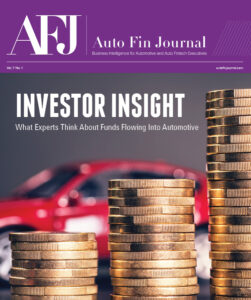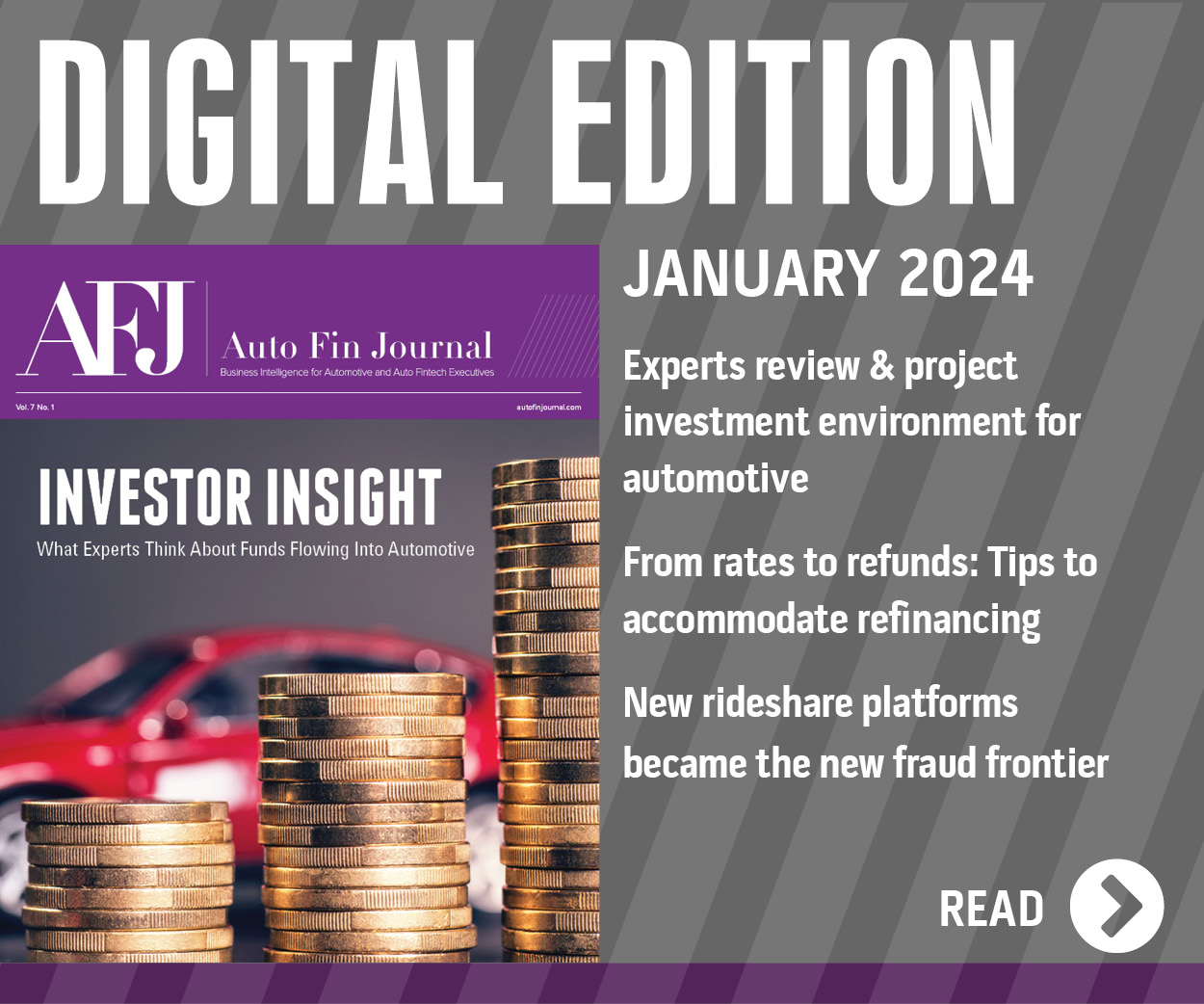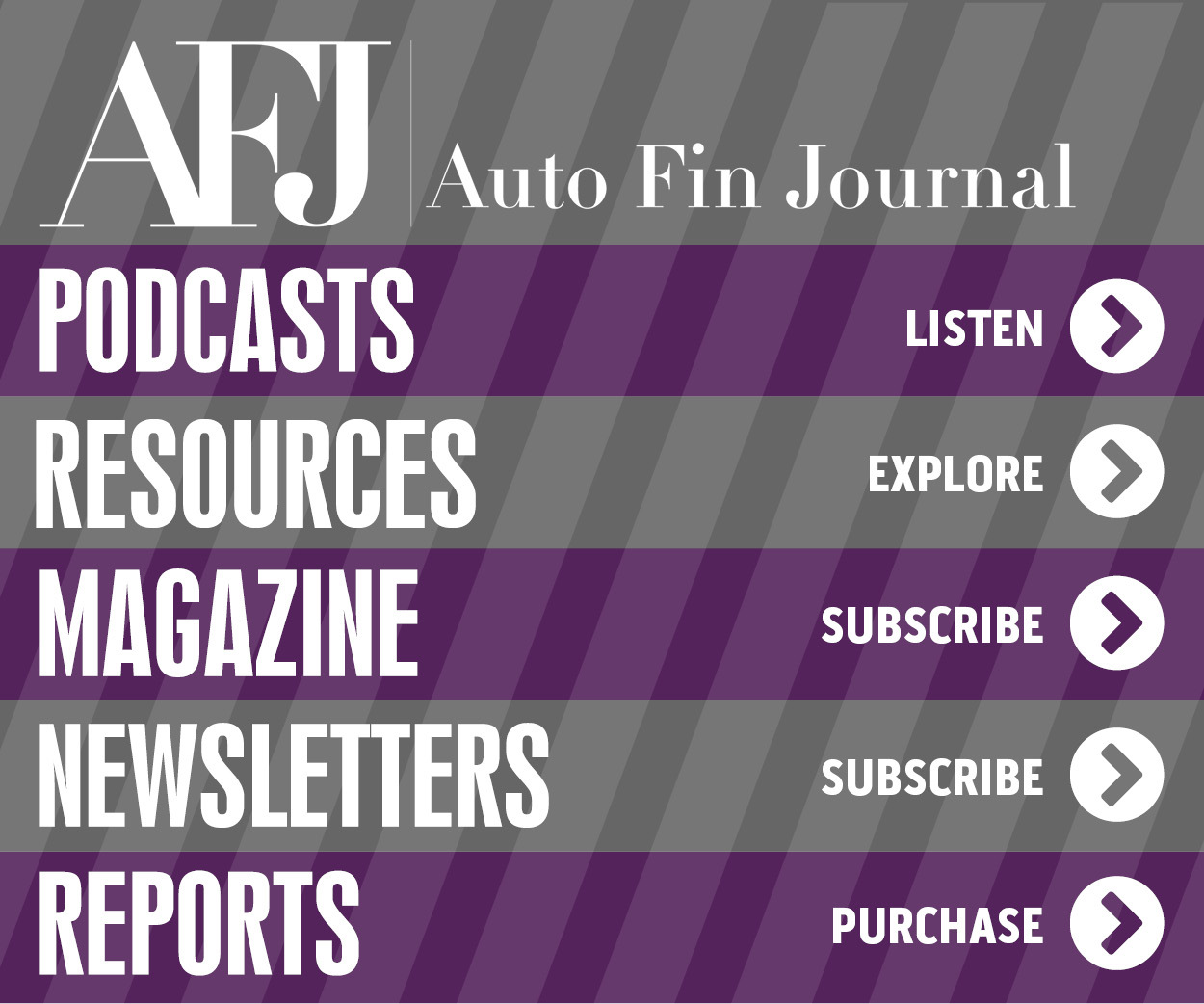J.D. Power: Communication remains key to retaining lessees

Now with the pandemic showing a few signs of abating, perhaps normal activities involving the leasing of vehicles can resume, if they haven’t already in some locations and dealerships.
As new-vehicle lease opportunities compete against aggressive financing incentives for new-model buyers, J.D. Power indicated that executing effective lease retention and conquest strategies will be critical for captives, manufacturers and dealers in 2021.
According to the J.D. Power 2021 U.S. End of Lease Satisfaction Study, the key to capturing returning lessees is coordinated communication through the right channels at critical moments in the auto shopping journey — sometimes starting as early as 12 months prior to lease-end.
“There is a formula for optimizing new-vehicle lease recapture and conquest strategies,” said Patrick Roosenberg, director of automotive finance intelligence at J.D. Power.
“With such a high percentage of returning customers leasing again, the key to retaining those customers along with first-time lease customers is delivering the right proactive messaging at the right time via the right channel,” Roosenberg continued in a news release.
“The more lenders, OEMs and dealers can coordinate their communications to connect with customers at the right moments in their leasing journey, the more likely they will be to develop strong, long-term relationships,” he went on to say.
J.D. Power elaborated about four other key findings of the 2021 study, including:
• Returning lessees likely to lease again: Nearly three-fourths (72%) of returning mass market lessees and 68% of premium market lessees lease another vehicle when their existing lease ends. Among first-time lessees, J.D. Power found that those numbers drop to 50% among mass market customers and 57% among premium market customers, illustrating the importance of strategies focused on recapturing existing lessees.
• Customers considering next vehicle a year in advance of lease end: The survey showed both returning and first-time lessees start considering a new vehicle as early as 12 months prior to the end of their existing contract and can be heavily influenced at this stage by proactive communication from fincace companies, dealers and manufacturers.
• Coordinated communication maximizes retention: J.D. Power pointed out that lease customers respond in a variety of ways to different types of communications from finance companies, OEMs and dealers at different phases of their customer journey. Coordination between these three key players can have a significantly positive effect on customer satisfaction and retention, according to the study.
• Inspections and inspectors influence customer satisfaction: The study reinforced the component that inspections play a pivotal role in end of lease satisfaction. J.D. Power said addressing customer pain points or areas of opportunity in the lease return process can lead to a better experience and increase lease retention. Analysts suggested that finance companies need to coordinate efforts with lease inspection companies within their SLAs to ensure the best customer experience possible and execute on multiple KPIs surrounding the process.
After considering those elements, which finance companies enjoyed the most success, according to the study?
J.D. Power said Honda Financial Services ranked highest in end of lease satisfaction in the mass market category, achieving a score of 848 (on a 1,000-point scale).
Hyundai Motor Finance (843) and Toyota Financial Services (843) finished in a tie for second place.
Deadlocked in third place and above the segment average were Ford Credit and GM Financial, which both scored 839.
The 2021 U.S. End of Lease Satisfaction Study is geared to identify lease-end practices and timely marketing opportunities that optimize lease retention for the same brand and at the same dealer. The study is based on responses from 2,761 mass market and premium vehicle lease customers who are within six months of lease end.
The survey was fielded from November through January.

 View The Latest Edition
View The Latest Edition

